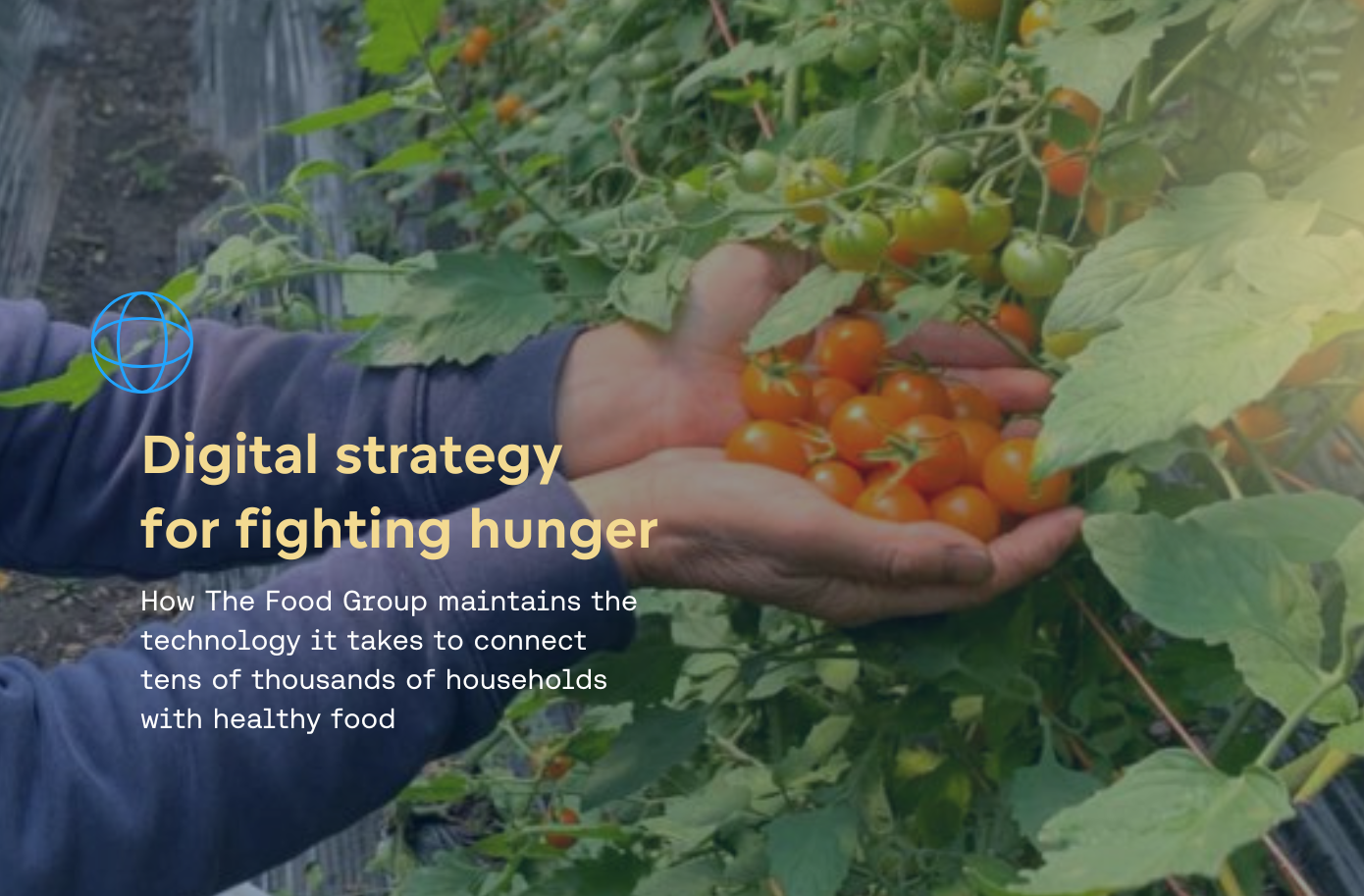About this project
The Food Group fights hunger in Minnesota by growing, selling, and distributing healthy food to those who need it the most — particularly the foods that members of Minnesota’s diverse cultures rely on for sustenance and the taste of home. During the COVID-19 pandemic, as food insecurity spiked across the state, so too did federal and state funding for food banks — so The Food Group had to scale up its operations dramatically in record time.
To get food to community members as quickly as possible, The Food Group improvised connections among a number of different software applications to manage their data and processes. That solution worked well enough to let them get desperately needed food to tens of thousands of Minnesota households throughout the pandemic.
As the virus has gradually receded, the statewide hunger crisis has remained — and The Food Group realized their data collection and management processes needed to get stronger. Their team got together with Software for Good to increase the reliability of their systems, improve the quality of their data, and make crucial operations more efficient.
Our solution
“It started with a tech audit to understand our current systems,” says executive director Sophia Lenarz-Coy. That audit quickly revealed the need for a broader digital transformation and change management strategy — so that’s what SfG’s product strategy VP Cassi Johnson provided. “She was willing to adapt our partnership based on what emerged,” Sophia explains. “We thought we just needed to map our software systems. As we dug in, it’s clear that we need to go deeper into process mapping. Cassi was willing to use her skills in this area to deepen the impact of the work, even though that wasn’t necessarily planned.”
Cassi and team started by doing interviews with staff members and leadership to assess the systems currently being used by The Food Group, logging existing challenges and pain points. We also surveyed similar organizations and took part in a food bank roundtable at NTEN to discuss broad challenges with food bank systems and data management. Next, we reviewed the systems The Food Group was using for key operations, as well as connected systems that handled multiple points of business and program data. We mapped the ways these systems were integrated with each other — and with The Food Group’s programs and functions — so we could identify gaps.
Results
Software for Good provided our findings and recommendations to The Food Group during an online workshop, along with a reference document that detailed our research and next steps to improve data stewardship, communication between the systems they use, and updates to their organizational infrastructure. As always, our recommendations aren’t just good ideas — they’re practical that The Food Group can put into action:
- Criteria for upgrading systems that are no longer serving the organization
- Ways to use systems with an open API to enable custom integrations to make communications between systems easier
- Ideas for making strategic IT investments to support systems moving forward
- Practices for sharing data strategy and culture across teams
“It’s about people and process”
Sophia says she appreciates Software for Good’s holistic approach to working with the whole ecology of The Food Group’s organization. “As many issues have come up during our project, Cassi is quick to remind us all that it’s often about people and process, not just technology.” Just as important, she adds, the Software for Good team “has a strong equity lens and brings that into the conversation in an important way.”
Today, The Food Group team has the technical roadmap they need to keep connecting hungry Minnesotans with the healthy food that sustains them.

